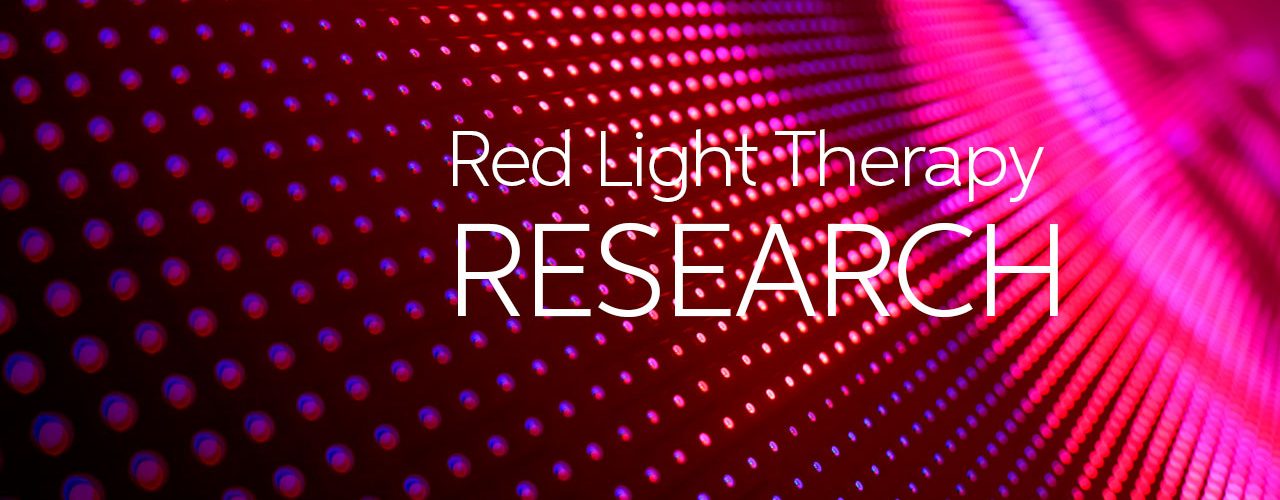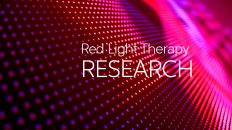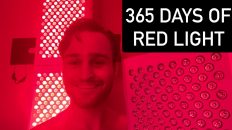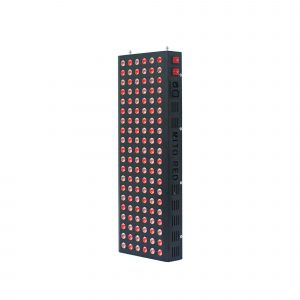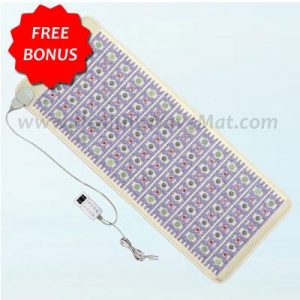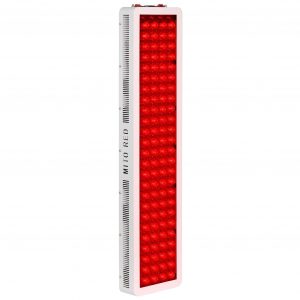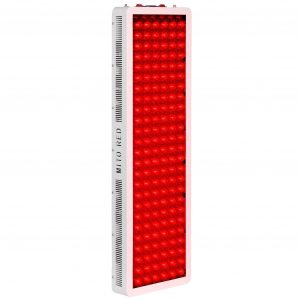. . . .While the importance of optimizing your vitamin D levels cannot be overstated, it’s overly simplistic to think that we could replace all of the benefits of sun exposure via the use of an LED light — even one that helps you produce vitamin D efficiently. If you look at the spectrum of sunlight that reaches the Earth’s surface, UVB radiation is responsible for making vitamin D.
But UVA, while being responsible for most of the skin damage linked to sun exposure, also helps modulate your immune system, and UVA and UVB in combination improves beta-endorphin production in your skin, which makes you feel good. Sun exposure on bare skin also produces nitric oxide and carbon monoxide that cause vascular relaxation, improves wound healing and helps fight infections, among other biologic processes.
The carbon monoxide your hemoglobin molecules release in response to UV radiation also acts as a neurotransmitter and has beneficial effects on your nervous system. Like nitric oxide, it causes relaxation and has anti-inflammatory activity.
Exposure to near-infrared light can even help to fuel your body, as the mechanism of ATP (adenosine triphosphate), which is the energy “currency” of your cells, production can be stimulated in response to near-infrared exposure, which triggers the mitochondria to produce additional ATP.
More specifically, light allows your body to use food more efficiently. In other words, light helps the cells make the best use of whatever food they have and improves the generation of energy. The ideal way to receive most of this exposure would be to simply go outside, exposing as much skin as possible. Unfortunately, there are many areas where this would be impractical in the winter. This is where therapeutic light devices can be helpful. . . .
SOURCE: Dr. Joseph Mercola
https://articles.mercola.com/sites/articles/archive/2017/09/25/photopharmacology-led-lights-for-health.aspx

